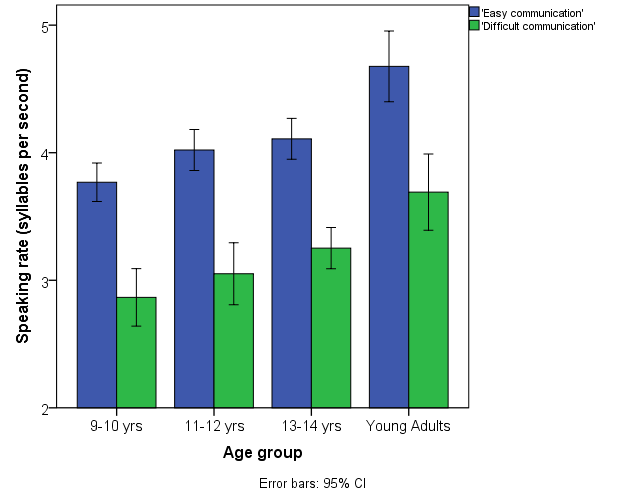1aAB11 – A New Dimension to Bat Biosonar
Rolf Müller – rolf.mueller@vt.edu
Anupam K. Gupta – anupamkg@vt.edu
Yanqing Fu – fyq@vt.edu
Uzair Gillani – uzair@vt.edu
Hongxiao Zhu – hongxiao@vt.edu
Virginia Tech
1075 Life Science Circle
Blacksburg, VA 24061
Popular version of paper 1aAB11
Presented Monday morning, October 27, 2014
168th ASA Meeting, Indianapolis
Sonar is a sensing modality that is found in engineering as well as in nature. Man-made sonar systems can be found in places that include the bows of nuclear submarines and the bumpers of passenger cars. Likewise, natural sonar systems can be found in toothed whales that can weigh over 50 tons as well as in tiny bats that weigh just a few grams. All these systems have in common that they emit ultrasonic waves and listen to the returning echoes for clues as to what may be going on in their environments.
Beyond these basic commonalities, man-made and biological sonar systems differ radically in their approach to emitting and receiving the ultrasonic waves. Human sonar engineers tend to favor large numbers of simple elements distributed over a wide area. For example, sonar engineers fit hundreds of emitting and receiving elements into the bow of a nuclear submarine and even automotive engineers often arrange a handful of elements along the bumper of a car. As small flying mammals, bats did not have the option of distributing a large number of sonar elements over wide areas. Instead, they were forced to take a radically different approach. This biological approach has led to sonar systems that are based on a small number of highly complex emitting and receiving elements. At the same time, they have achieved levels of performance that remain unmatched by their man-made peers.
Bat biosonar has only one emitting element, in some bat species this is the mouth and in other, nasally emitting species, the nose. In all bat species, the echoes are received through two receiving elements, i.e., the two ears. But where is the complexity that allows these three elements to vastly outperform naval sonars with hundreds of emitting and receiving elements?
Over the past few years, research on two groups (families) of bats with particularly sophisticated sonar systems has yielded clues to the existence of a new functional dimension in bat biosonar that could be a key factor behind the remaining performance gap between engineered sonar and biosonar. Horseshoe bats (Rhinolophidae) and Old World leaf-nosed bats (Hipposideridae) emit their biosonar pulses nasally and have elaborate baffle shapes (so-called “noseleaves”) that surround the nostrils and can be seen to act as miniature megaphones.
Figure 1. Noseleaves (“miniature megaphones”) and outer ears of Old World leaf-nosed bats.
Close-up studies of live bats have shown that the noseleaves and the outer ears of these species are both highly dynamic structures. The noseleaves of these bats, for example, have not only much greater geometric complexity than man-made megaphones, but most intriguingly their walls are dynamic: Each time the bat emits an ultrasonic wave packet through its nostrils, it can set the walls of its noseleaf in motion. Hence, the outgoing ultrasonic wave interacts with a changing surface geometry. On the reception side, certain horseshoe bats, for example, have been shown to change the shape of their outer ears within one tenth of second. This is about three times as fast as the proverbial blink of an eye. As for the noseleaf, these changes in shape can take place as the bat receives the ultrasonic echoes.
Figure 2 (video). Motions of the outer ear in an Old World leaf-nosed bats (landmarks added for tracking purposes).
While it is still not certain whether these dynamic features in the sonar system of bats have a function and help the animals to improve their sensory abilities, there is a growing body of evidence that suggests that these fast changes are more than just an oddity. The shape changes in the noseleaves and outer ears are the results of a highly specialized muscular machinery that is unlikely to have evolved without a significant functional advantage acting as a driving force. The resulting changes in shape are big enough to have an impact on the interaction between surface geometry and the passing ultrasonic waves and indeed acoustic impacts have been demonstrated using numerical as well as experimental methods. Finally, dynamic effects are wide-spread among bats with sophisticated sonar systems and are even found in unrelated species that are most likely to have acquired them in response to parallel evolutionary pressures.








